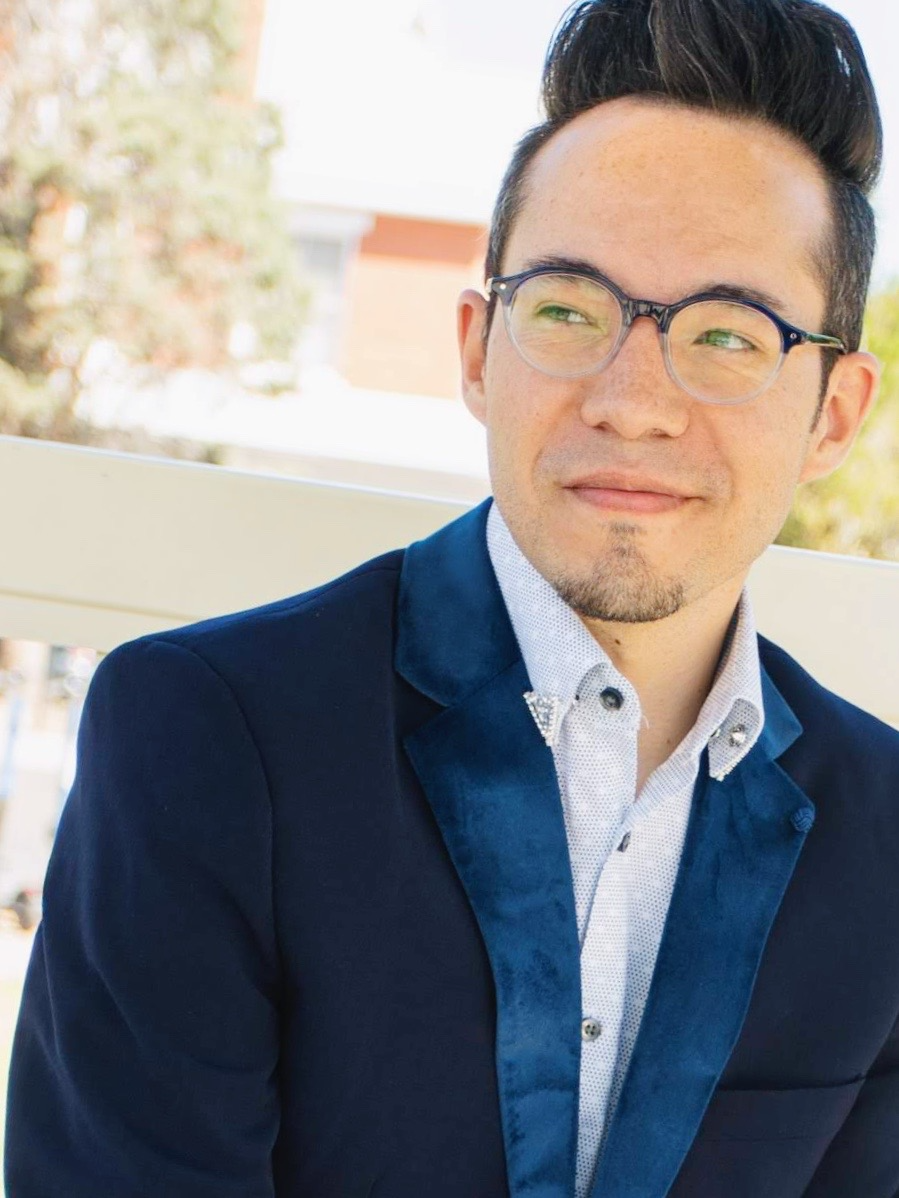February 7, 2005.By Michael Metzger, Skyway News.
Giacomo Puccini has been dead 80 years, but “La Bohème,” his tale of destitute, loving, laughing and dying artists, is as alive and vibrant as ever. This year alone, the staple of romantic opera will be staged at the Opernhaus in Zürich, the Royal Opera House in London, Teatro alla Scala in Milan, the Metropolitan Opera in New York, the Staatsoper in Vienna and the Bolshoi Theatre in Moscow – and Downtown at the Loring Playhouse.
Director transports ‘La Bohème’ to 1940s Paris
Latté Da stages its own intensely intimate “La Bohème,” beginning Saturday, Feb. 12, and running through March 13. The run includes a special Valentine’s Day performance and reception Monday, Feb. 14.
It might seem silly to even mention the 120-seat Loring in the same breath as those stately giants of opera, but Puccini’s romantic masterpiece transcends seating capacity and the wattage of the spotlights trained on the performers playing Mimi and Rodolfo.
The bohemian tour de force might even be best suited to a cozy setting such as the Loring, contends Theater Latté Da artistic director Peter Rothstein.
“It’s really an intimate opera,” Rothstein said. “So much of it takes place in a small garret apartment at the top of a building. It’s not terribly different than what the Loring Playhouse is; the top floor of an old building at the edge of town.”
A world between wars
Rothstein knew he’d have to make some significant changes to fit “La Bohème” on a small stage, because even though the opera can be cozy, it’s also, at times, lavish, raucous and spectacular.
The tale of Mimi the impoverished seamstress and the poor poet Rodolfo has been an audience favorite since it was first staged – to lukewarm critical reviews – in Turin in 1896.
Nearly 110 years later, simple economics and a very modest floorplan dictate some terms to Latté Da: there can be no more huge orchestra and no giant crowd scenes filled with jesters, dancers and vendors.
Therefore, Rothstein decided to throw Puccini into a time machine and move “La Bohème” forward 100 years. Instead of 1840, the setting is now 1940; Paris is about to be visited by its conqueror, Adolph Hitler. (History and opera intersect neatly here: the first place in Paris that the dictator and would-be architect visited was the city’s magnificent opera house.)
Rothstein sees a connection between the Paris of 1940, as it sat and waited for its Nazi occupiers, and an America that might be emerging today.
He said the French, after the decimation of the Maginot Line, knew the fall of Paris wasn’t far behind. They refused to destroy their beloved Paris. However, preferring to fight the Nazis on other days and in other ways.
“There was a kind of radical pacifist that sat in cafés and drank champagne as the Nazi’s marched down the Champs-Elysées,” Rothstein said. “It’s beyond my comprehension, in a way, that determination to still embrace beauty.”
He said he’s given the piece a political context rather than having made it into a political opera. While he’s added the patina of a crumbling, humbled France to “La Bohème,” the time-shift is really a reflection of the changes happening today, here in his homeland, he said.
“How do I keep articulating my pacifist nature, my romantic view of the world, when clearly that is not valued by at least 50 percent of the people I share this nation with? he wondered out loud.
Still, Puccini’s masterwork is ultimately about love, not war and not pacifism. It’s for “people who want to believe in beauty and love and the power of art and the power of music and the power of words,” Rothstein said.
He altered sound as well as time: Instead of an 80-piece orchestra, there’s a five-piece ensemble made up of a piano, accordion, guitar, violin and woodwinds.
“What if we go to a 1930s Paris café sound?” Rothstein wondered. “Edith Piaf and this whole world between the wars.”
Rothstein talked Minnesota Philharmonic Orchestra music director Joseph Schlefke into coming up with completely new orchestration for what is perhaps the world’s most popular operatic work.
“Keeping its integrity was always our primary task,” Schlefke said. “We don’t do a lot of messing with what’s there. The score is intact in all the same keys. There’s nothing fishy going on. It’s just a different way to present something with respect for the art itself.”
It took Schlefke seven months, four to six hours a day, to create the new instrumentation.
He considers himself lucky to have gotten off so easily. It’s kind of bizarre how the Puccini transcribed itself so well to this,” he said.
Lean Italian cuisine
Schlefke said one of the questions he wrestled with over those months is how much he would alter “La Bohème” to transform it into music playable by a Parisian café ensemble.
“To be honest, I didn’t have to do that much,” he said. The musical diet has slimmed the expansive score; a performance of the Rothstein-Schlefke “La Bohème” clocks in at around two hours, including intermission.
More important, the leaner instrumentation allows for size-appropriate singers. In other words, this opera’s vocalists don’t need to tip the scales at 300 pounds, a la Luciano Pavarotti. (Pavarotti’s Rodolfo remains a vocal benchmark, but the sight of the rotund, nicely aged tenor as the starving young poet must’ve amused more than one audience back in his 1980s heyday.)
In Latté Da’s “La Bohème,” Daniel Cardwell’s Rodolfo is actually young and lean. The same is true of Mimi (Meghann Schmidt).
Schlefke said the age and size-appropriate singers don’t have to fight through the traditionally heavy orchestration in order to be heard.
“Those characters don’t have that bed of sound literally underneath them,” he said. “Traditionally there’s this big trampoline, this big mattress of sound that keeps them from being vulnerable.”
Said Schlefke, “[Schmidt] loves the fact that we tell her she can sing softer. She can actually do a lot more with color and variety instead of mentally trying to overcome an 80-piece orchestra.”
Subterranean revelations
Down in the basement of the Epiphany Lutheran Church, 1414 E. 48th St., a group of 20 or so performers and support staff gather with Rothstein and Schlefke to run through a rehearsal.
The only musical accompaniment for the practice is Schlefke’s piano. He’ll play the instrument during performances and conduct from his piano bench as well.
It’s here that Rothstein tweaks “La Bohème” again.
“I wanted to see what could happen to huge, romantic opera by putting it through a process that I would normally employ at the Loring Playhouse,” he said.
Latté Da typically has its actors and singers in for six weeks of workshops, where they get to toss ideas back and forth with director Rothstein, and then the cast goes into six weeks of rehearsal. In the last week of rehearsal before “La Bohème” is thrust onto the Loring stage, most of the singers were like the proverbial fine racehorses, stamping their feet and tossing their manes as they strained to feel the gates release them.
Though Cardwell seemed to be holding his voice in reserve for opening night, Schmidt was incandescent, lighting up Mimi’s first act aria with warm, delicate phrasing and a flickering, come-hither consumptive’s smile.
Rothstein said he and music director Denise Prosek founded Theater Latté Da seven years ago, determined to “create new connections between text, music, artists and audience.”
Audiences in Loring Park will be able to see the results close up.


